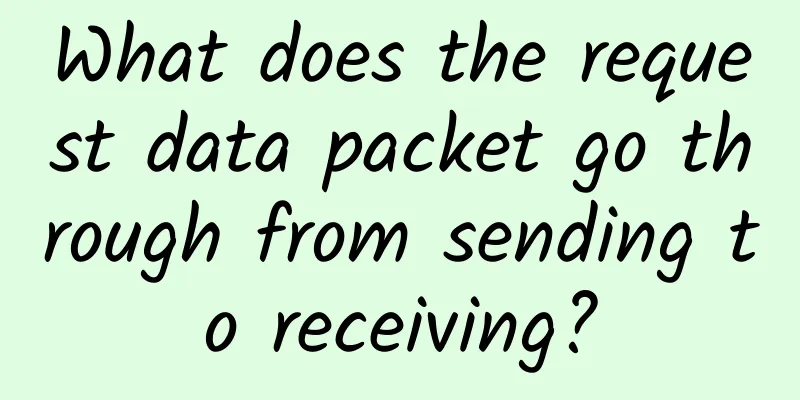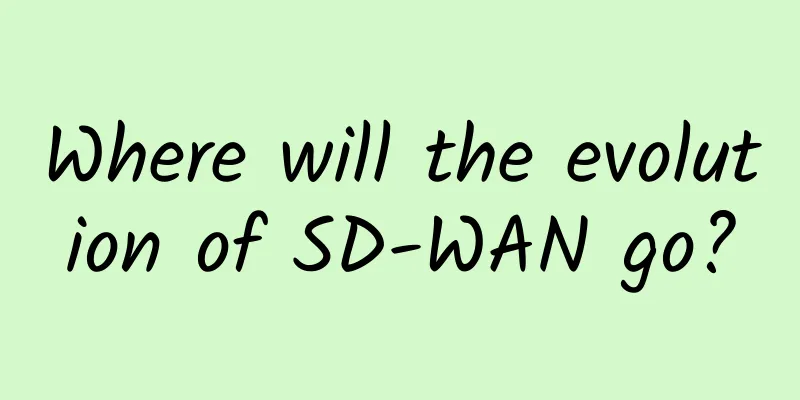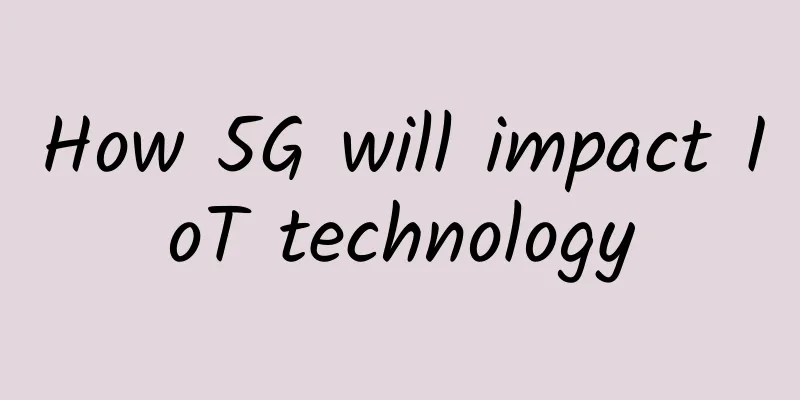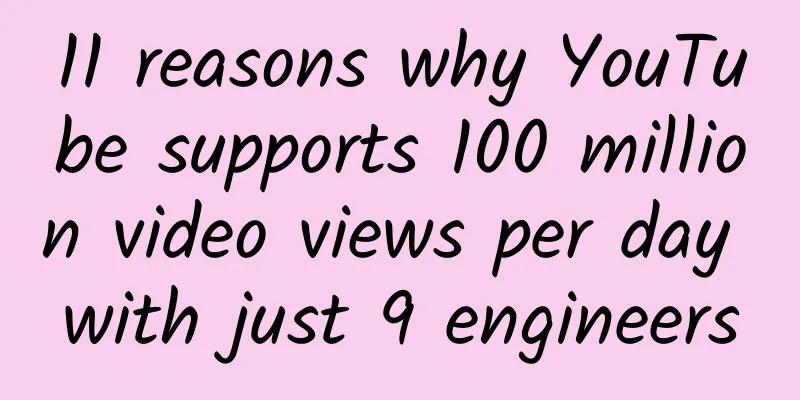Intelligent connectivity: the convergence of 5G with AI, IoT and AR
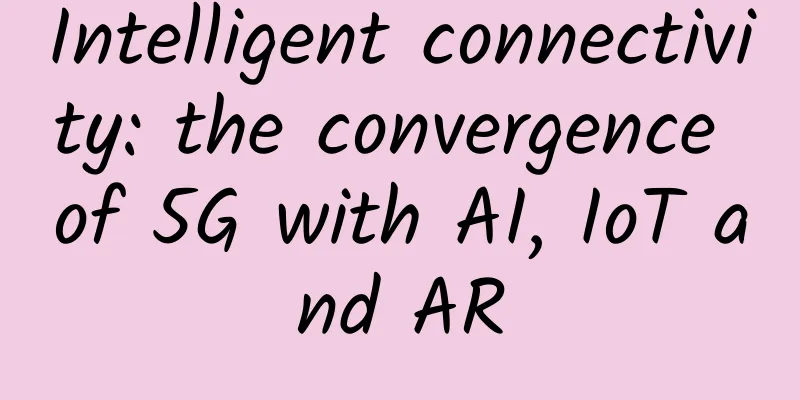
|
Although it is still too early to truly measure the direct impact of 5G innovation on businesses, all of you should embrace the bright future. 5G's role in the world economy is very important, especially in driving the adoption rate of emerging technologies, artificial intelligence (AI), the Internet of Things (IoT) and augmented reality (AR). These emerging technologies have broad benefits and long-term economic potential. Advances in 5G, artificial intelligence (AI), and IoT innovations are ushering in the so-called era of intelligent connectivity. While this combination of technologies has the potential to change the way we live and work, there are still some loopholes and measures that need to be addressed before the benefits can be identified. Research shows that 5G has the potential to bring $12.3 trillion to the global economy and support 22 million jobs worldwide by 2035. These innovations will not only support electronic products, but will also change people's lives. Internet of Things 5G can position its important use cases, allowing IoT applications to overcome the barriers of 4G in enterprises such as mining, where low inactivity and reliability are critical for daily tasks and safety. Swedish miner Boliden has partnered with Ericsson to provide 5G at its Aitik mine, which is equipped with multiple sensors for industrial automation. Boliden expects to save more than 2.5 million euros ($2.7 million) in net costs per year through the use of 5G networks. The Internet of Things has just begun to change the world, and the conciliation of 5G will completely change it. It will enable billions of other devices to connect with the network. While the home Internet of Things has great potential, the real problem lies in the industrial Internet of Things. From manufacturing, agribusiness, retail, human services, etc., the Internet of Things will not make any industry perfect. What's more, 5G will integrate everything together, thereby expanding its coverage. For example, 5G technology in medical services will empower robotic surgery, customized drugs, wearable medical and more. Self-driving cars As the Internet of Things connects our physical world and accelerates its physicality on digital platforms, 5G is fundamental to its sustainability. From identifying obstacles, working with smart signs, following maps, to establishing communication between each other/cars by different manufacturers, the responsibilities of these vehicles are enormous. This happens when a large amount of information is transferred and processed step by step. To do this, a network with equal speed and potential is needed, and 5G seems to provide this. 5G has the capacity, low latency and security that are important conditions for accelerating the arrival of self-driving cars on the road. Robots and drones 5G can fill the gaps left by 4G with almost instant response times, which is essential for robots to process more information in real time, absorb new things, and better communicate with the world today. Although KTCorp’s 5G robots are currently engaged in coffee production in South Korea, the innovation must become a key enabling agent for cutting-edge robotic applications such as remote surgery. According to McKinsey, healthcare has a 36% automation potential, with more than 33% of healthcare services (including administrative, back-office functions) being able to be automated. In terms of open assets, RPA can help deliver better patient care: what the NHS stands for. In addition, 5G's increased bandwidth will allow drones to fly higher and see farther. 5G-enabled drones will capture real-time 4K or 360-degree recordings through their cameras and change the way individuals watch videos, report live events, and detect threats. Transport and Logistics In the transportation sector, smart connectivity could make streets safer and more efficient, allowing traffic to flow more smoothly. In the logistics sector, smart connectivity could potentially increase the efficiency and flexibility of goods delivery, making logistics faster and cheaper. Taking advantage of the low latency of 5G networks, road users and roadside frameworks can collect and share a large amount of ongoing data. For example, data about the area and speed of vehicles, bicycles and people on the road, climate and street surface conditions, traffic congestion, and different obstacle factors on the road. Then, intelligent traffic monitoring systems and AI-based on-board computers will use this data to provide assistance to drivers. For example, helping them avoid accidents and collisions with different vehicles, or on the other hand, gradually plan the best route to reach the destination. AI Entertainment One notable application of 5G networks is to address and support the growing demand for mobile video. The network's data capacity, speed, and low latency will encourage imaginative entertainment methods such as virtual reality and augmented reality. We may see a whirlwind in the field of AR and VR, but not just for entertainment, enterprises will also see its advantages. For example, 5G will support network slicing, where you can use part of the network bandwidth to prioritize and meet specific needs. This means that the network can be appropriately cut and allocated among members according to the needs of the task and used for a given task. |
>>: The global 5G base station market will reach US$236.98 billion in 2026
Recommend
The 2020 Huawei Ecosystem Partner Elite Competition opens up a channel for ICT talent training and provides the industry with "experts"
[51CTO.com original article] The severe situation...
5G is just about faster internet speed? If you think so, you are out!!!
1. What is 5G? The world's communication tech...
Learn about FTP/FTPS/SFTP file transfer protocols in one article
Introduction to FTP FTP (File Transfer Protocol) ...
Choosing a PoE Standard for Your Design: PoE, PoE+, and PoE++
Power over Ethernet standards have important diff...
China Mobile launches A-share listing: "Making money" but not "cutting leeks"
On the evening of May 17, World Telecommunication...
The iPhone 12 finally uses 5G, but is it really too late?
At the Apple conference this morning, the most ex...
Discussion on interactive control technology of device platform based on gateway
Author: Zhu Rongliang, Unit: China Mobile Smart H...
The difference between continuous delivery and continuous deployment
Continuous delivery does not mean that every chan...
Expert: It’s time to promote 5G application innovation
Wang Zhiqin, deputy director of the China Academy...
Borei Data APM is compatible with Euler open source operating system to ensure developers' performance experience
On November 9, at the Operating System Industry S...
Listen to Medical Information | Why do hospitals choose minimalist Ethernet color optical network for network construction?
As the overall informatization of the medical ind...
4 cases, a whole article of valuable information! Make your edge computing not "edge"
Edge computing means different things to differen...
PacificRack removed old packages and unilaterally raised renewal prices, offering 50% discount on new packages for the first month
I haven't shared information about PacificRac...
"IPv6+" builds intelligent connections in all scenarios and supports the digital future
On August 28, the 2020 China IPv6 Development For...
What are PHP streams? Let's talk about the streams you have been using but have ignored
definition The purpose of streams is to use a uni...


